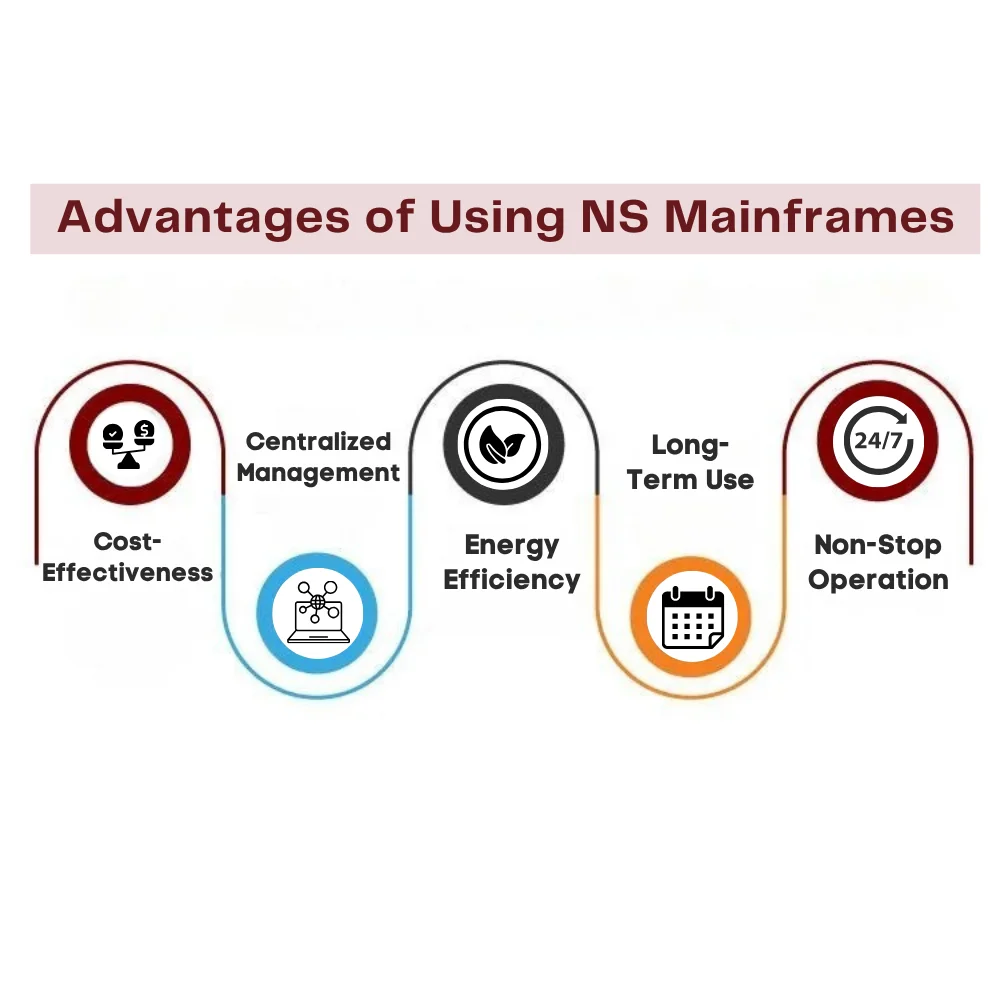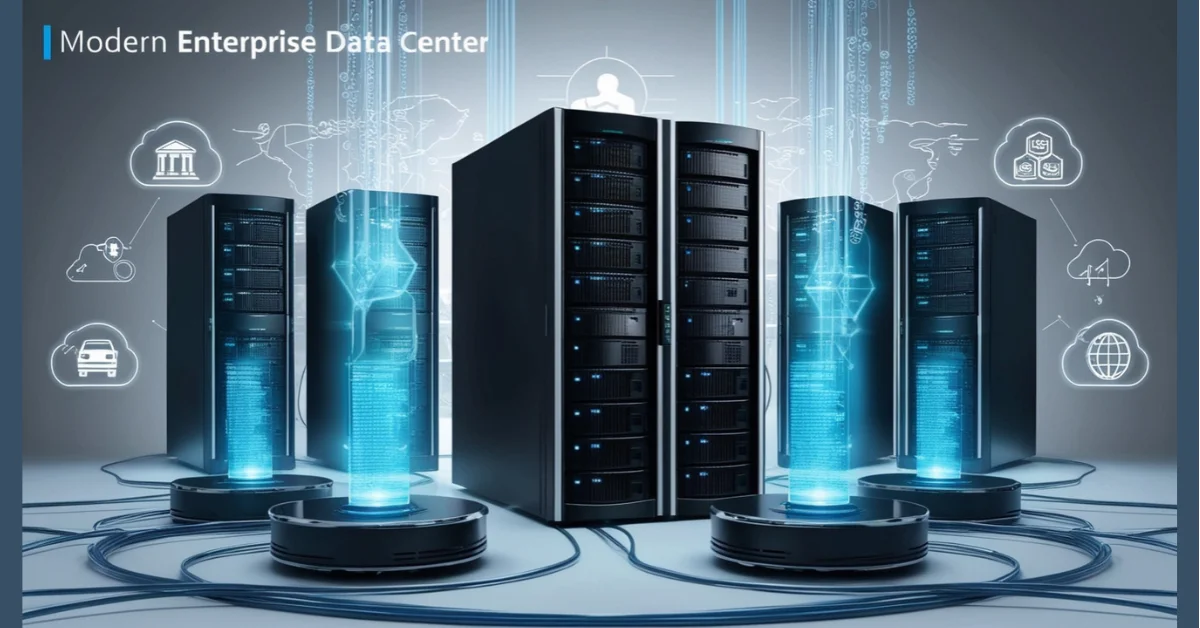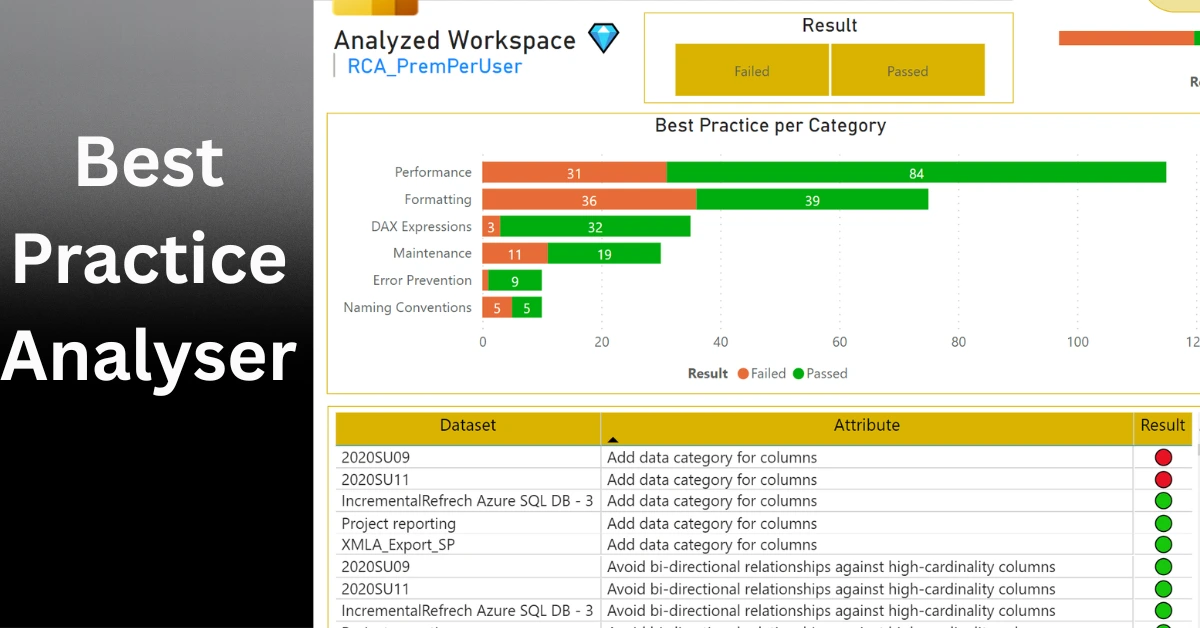In today’s fast-paced digital world, businesses rely on computing systems that are not only powerful but also dependable, secure, and able to run nonstop. With the growing amount of data being processed every second, especially in industries like banking, healthcare, and transportation, there’s no room for errors or downtime. This is where the NS Mainframe proves to be an essential part of business technology.
An NS Mainframe is much more than just a computer. It is a highly reliable system designed to handle large workloads and serve hundreds or even thousands of users at once. It processes massive amounts of data with speed and precision and is built to keep running 24/7 without failing. These machines are used by some of the world’s biggest organizations because they deliver performance, security, and durability that other systems can’t match.
Understanding the NS Mainframe
An NS Mainframe is a high-performance computing system mainly used by large enterprises and organizations that need to process a huge number of transactions every day. Unlike smaller servers or desktop computers, which might slow down or crash under heavy load, mainframes are built for reliability and continuous operation.
One of the main goals of a mainframe is to keep systems running at all times. Even if one part of the system fails, the mainframe can continue working without stopping. This feature makes it a top choice for businesses that can’t afford downtime, such as banks or airlines.
Key Features of NS Mainframe Systems
Here are some of the key features that make NS Mainframes different and more powerful than regular computer systems:
- Unmatched Processing Power: NS Mainframes are capable of running millions of operations every second. This is very useful for tasks like bank transactions, airline bookings, and large data calculations.
- High Reliability: These systems are designed to operate non-stop. They can work continuously for years with little or no downtime. Their availability rate is over 99.999%, which means they are almost always working without issues.
- Advanced Security: Security is a major concern for modern businesses. NS Mainframes come with built-in features such as encryption, user access control, and real-time threat monitoring, helping protect sensitive data from cyber threats and hackers.
- Scalability: As companies grow, their computing needs grow too. Mainframes can be scaled up by adding more memory, processing units, or storage without changing the entire system. This makes them a future-proof investment.
- Multitasking and Virtualization: Mainframes can run multiple applications and operating systems at the same time using virtualization. This helps businesses save money and space by using fewer physical machines.
Applications Across Industries
NS Mainframes are used in many industries because of their efficiency, reliability, and ability to handle complex work. Here are some examples of where and how they are used:
- Finance and Banking: In banks, NS Mainframes are used to process millions of transactions every day. They manage accounts, run ATMs, handle online banking, and perform fraud checks all in real-time. They keep data secure and available 24/7.
- Transportation and Logistics: Companies like Norfolk Southern, a major freight transportation company, rely on mainframes to manage train schedules, track cargo, assign crews, and provide updates to customers.
- Healthcare: Hospitals and insurance providers use mainframes to store patient data, manage appointments, process insurance claims, and ensure they meet privacy rules like HIPAA. The ability to protect sensitive data is crucial in this field.
- Government and Public Services: Many government systems depend on mainframes to handle taxes, social services, voting systems, and personal identification databases. These tasks must be completed accurately and without delay.
Integration with Modern Technologies
Even though mainframes have been around for decades, that doesn’t mean they’re outdated. In fact, NS Mainframes are very much a part of today’s technology landscape. They have been updated and improved to work with the latest tools and systems.
- Cloud Compatibility: NS Mainframes can now work with cloud platforms. This means businesses can use both on-site systems and cloud services together. Data can be stored securely on the mainframe while still being accessed by cloud applications when needed.
- Support for DevOps: Developers can now use modern development tools on mainframes. This includes automation, continuous integration, and continuous deployment (CI/CD), which help companies build and update applications faster and more efficiently.
- API and Web Integration: Mainframes can be connected to mobile apps, websites, and other systems using APIs. This allows businesses to offer new services and features to customers without changing their core infrastructure.
Advantages of Using NS Mainframes

Here’s why more and more companies continue to invest in mainframe systems:
- Cost-Effectiveness: Although buying a mainframe can be expensive initially, it helps save money in the long run by reducing the need for multiple servers and lowering maintenance costs.
- Centralized Management: With a mainframe, everything is controlled from one system, data, applications and security making it easier for IT teams to manage.
- Energy Efficiency: Mainframes can handle more work using less power compared to multiple smaller servers. This makes them eco-friendlier and more cost-efficient in large data centers.
- Long-Term Use: A well-maintained mainframe can last over a decade, unlike many computers and servers that need to be replaced every few years.
- Non-Stop Operation: Many companies work around the clock, and they need systems that can do the same. Mainframes provide 24/7 availability for critical operations.
Conclusion
The NS Mainframe plays a key role in keeping many large organizations running smoothly. Whether it’s a bank, hospital, government agency, or transportation company, these systems provide speed, security, and stability at a level that few other platforms can match.
Despite being an older technology, the mainframe has grown with the times and now works with modern tools like cloud computing, automation, and web integration. It continues to be a smart, long-term investment for businesses that need reliability and performance.
As technology keeps changing, the NS Mainframe proves it can adapt, evolve, and support the future of enterprise computing making it not just a backbone, but a future-ready engine for the digital world.



